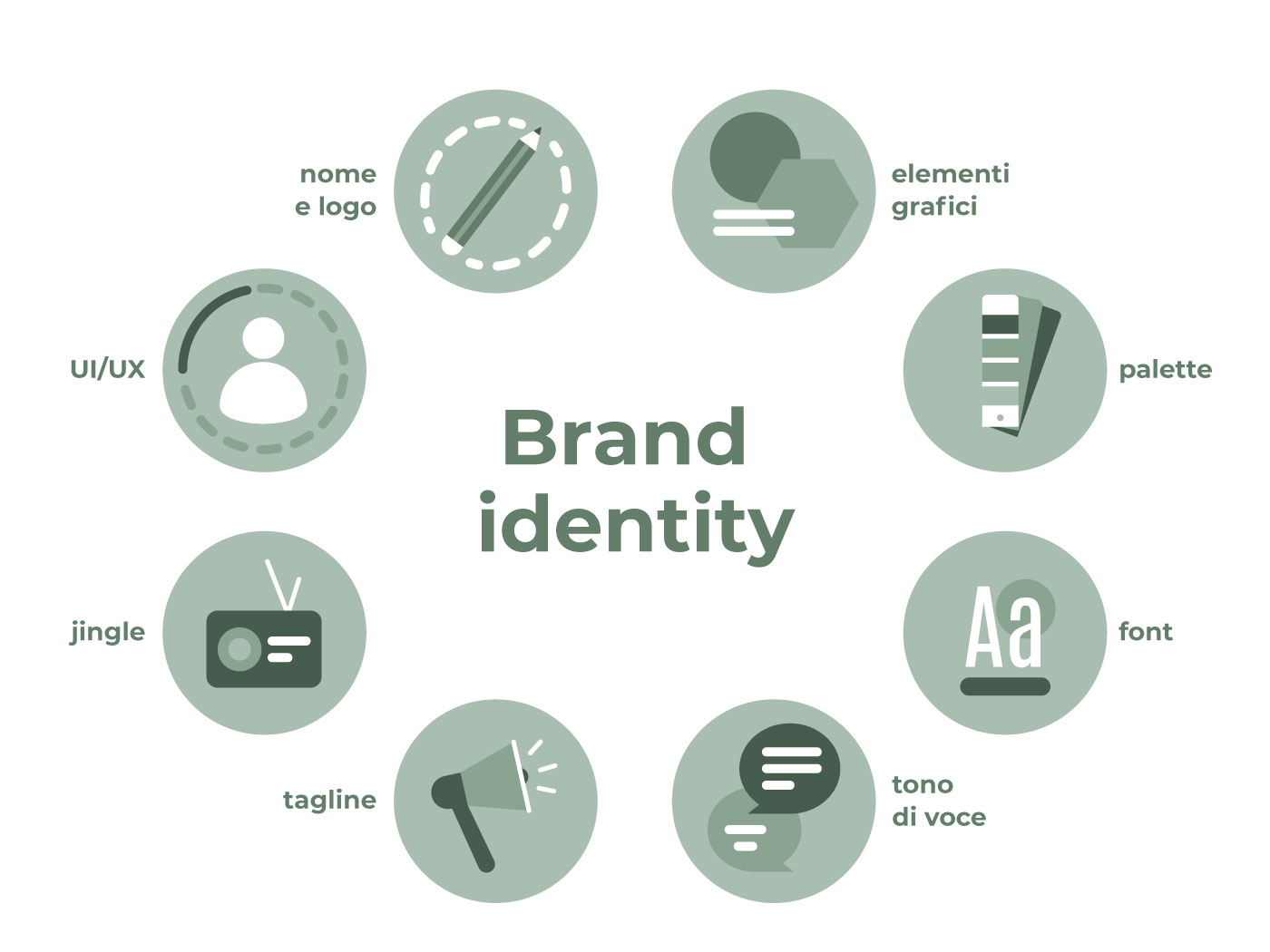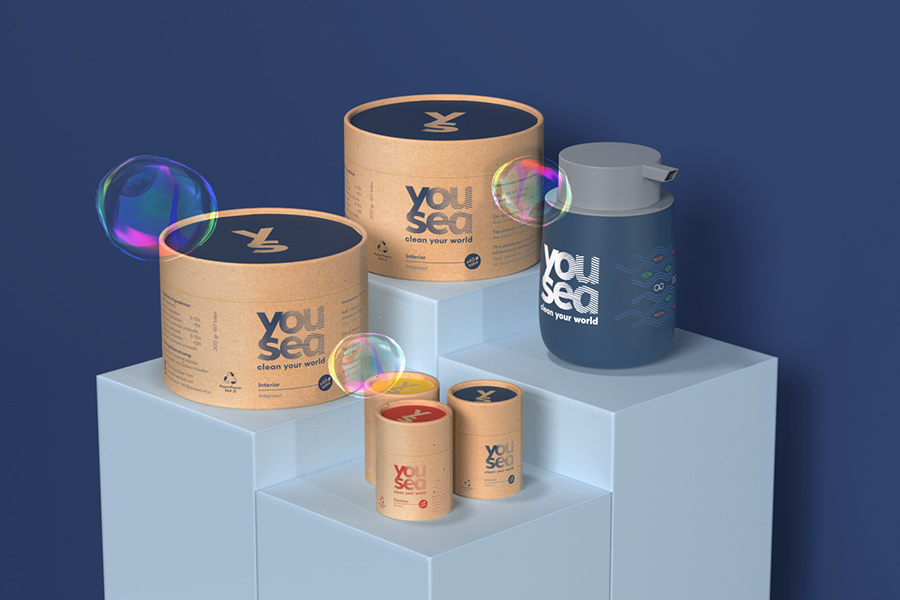An effective brand identity is among the most valuable resources a company has. Its realization involves defining certain aspects that best convey the main message and resonate with the target audience. This develops recognizability, consistency, persistence in people’s minds, and uniqueness in comparison to competitors. Essentially, these are the crucial conditions for a company’s success.
But what does it mean to possess a solid brand identity? And what are the fundamental elements that comprise it? Building a solid brand identity is a long and costly process, but its utility transforms into a source of perpetual value for a company. That’s why when creating it, nothing should be left to chance.
Brand identity: a definition
By definition, brand identity is an important tool to be used to appropriately differentiate yourself in the market from the competition. It’s the way a company presents itself to its audience, aiming to guide their perception and identification. This applies to both its values and the set of tools it chooses to represent itself with. Brand identity is the way the company presents itself through elements such as name, logo, offering system, pricing, advertising, business model, and relationships with stakeholders.
It is, essentially, the “desired image” a company aims to evoke in the minds of its target audience. Despite possible confusion due to the presence of the word “image” in its definition, brand identity and brand image are distinct concepts. Brand image represents a mix of perceptions, beliefs, and feelings that the brand evokes in the minds of consumers. It’s about communicating values and emotions, which companies hope are positive and as aligned as possible with brand identity.
What are the elements of brand identity?
Brand identity consists of those elements capable of being communication and representation vehicles. Companies have a varied set of tools at their disposal, some capable of recreating multisensory experiences. In creating brand identity, various elements are chosen and adapted based on each brand’s characteristics. The objective here is to create original, consistent, and recognizable elements.
The essential elements considered are: name, logo, graphics and images, color palette, fonts, tone of voice and register, tagline, and jingles. Other elements may be added according to the brand’s characteristics, such as smells, tastes, sounds, UX and UI, etc. In addition to individual tools, brand identity must be structured in their combination, as well as in every communication and action of a company.

How to develop a brand identity?
Creating brand identity is a complex process, especially today, with the multiplication of touchpoints between companies and consumers. In this context, it’s difficult for a brand to stand out and differentiate itself without an appropriate strategy. This strategy, even before being defined by the above-mentioned brand identity elements, starts with some of the company’s core identity aspects.
In particular:
- it is essential to clearly establish its strategic foundations, such as mission, vision, values, goals, etc.;
- it is crucial to know the target audience, the group of people you intend to reach with your offer;
- last but not least, it is essential to analyze the specific market segment in which it intends to operate and the competitors that occupy it.
Only by clarifying these factors can you build an appropriate, distinctive, and consistent brand identity suited to the specific company. Better results are achieved when the necessary brand identity elements are created with its main content firmly established. This way, logos, colors, taglines, etc. can convey them on their own, in addition to being adequate for representation without redundancy.
2 concrete examples of brand identity
Enhancing your brand: Coca-Cola
One of the most emblematic examples to understand the importance of creating a valuable brand identity is Coca-Cola. The success of its brand identity is based on the balance between innovation and tradition, originality, and unity in messaging. In other words, the company manages to renew itself while staying faithful to elements that are now familiar to consumers.
From its colors to the sound of a glass bottle of Coca-Cola being opened, all are unmistakable markers that now identify it. They are carriers of the company’s message and are unmistakable identity traits that create multi-level experiences for its audience.
Similar considerations can be drawn from studying the brand identity of Netflix. Among its key identifying elements are its color palette and the sound that precedes the start of its content.
Communicating sustainability in brand identity: the YouSea case

The creation of YouSea’s brand identity was handled by HENRY & CO. The Dutch company produces innovative cleaning products with a limited environmental impact that dissolve upon contact with water.
The offer itself communicates the purpose: to contribute to the protection of the oceans. The work was guided by YouSea’s commitment to sustainability, not only at the imagery level but also in terms of technical choices.
For instance, in terms of ecodesign, reducing the full coverage of the logo allows for less ink to be used in printing. Together with sustainable packaging and the payoff “clean your world”, YouSea’s message has embodied a cohesive and recognizable brand identity.
